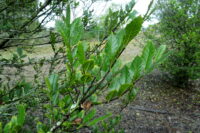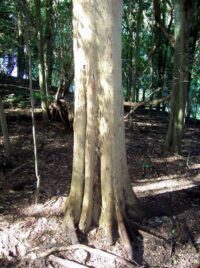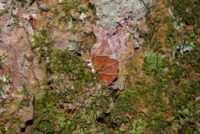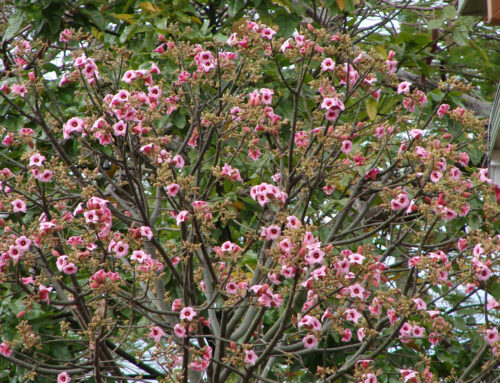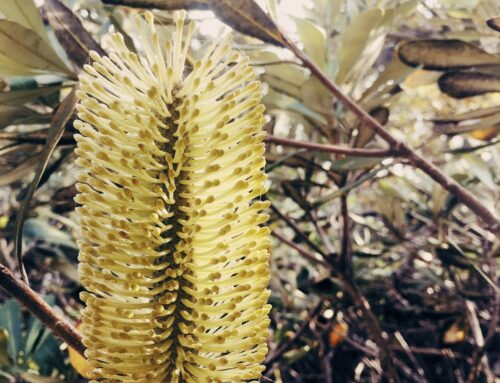Aphananthe philippinensis, commonly known as the Rough Leaved Elm, is a resilient tree native to Australia, Philippines, Solomon Islands and in Papua New Guinea
Often associated with resilience and strength due to its hardy nature and ability to thrive in various environmental conditions.
Taxonomy:
- Family: Cannabaceae
- Genus: Aphananthe
Description:
- Growth: Grow up to 20-25 meters in height. The trunk is typically straight and cylindrical, with a rough, grayish-brown bark.
- Leaves: simple, alternate, and elliptical to ovate in shape. Typically, 5-15 cm long and 3-7 cm wide, with a rough texture on the upper surface and a more finely textured underside.
- Flowers: Small, inconspicuous flowers that are usually greenish or yellowish occuring in the late spring to early summer. Unisexual, with male and female flowers often found on the same tree.
- Fruit: Small drupes, about 1 cm in diameter, start off green and turn black or dark purple when ripe. The fruit is edible and provides food for various wildlife species.
Habitat and Distribution:
In Australia it occurs from the Manning River in New South Wales to near Herberton in tropical Queensland. Aphananthe philippinensis is also found in the Philippines, Solomon Islands and in Papua New Guinea. It thrives in tropical climates, often in lowland forests and along riverbanks. The tree is adaptable to different soil types but prefers well-drained, fertile soils.
Hosts: (included but not limited to)
- Green Figbird (Sphecotheres vieilloti): Feeds on the fruits and aids in seed dispersal.
- Superb Fairy-wren (Malurus cyaneus): Found in habitats where Aphananthe philippinensis grows, feeding on insects on the tree.
- Leaden Flycatcher (Myiagra rubecula): Catches insects in flight, many of which are found on or around Aphananthe philippinensis.
- Leaf Beetles (Chrysomelidae): Often found feeding on the foliage.
Ecology and Uses:
- Timber and Wood: The wood of Aphananthe philippinensis is durable and sturdy, making it suitable for various construction purposes. Its strength and workability also make it an excellent choice for producing high-quality tables, chairs, cabinets, and other household items.
- Traditional Medicine: Various parts of the tree, such as the bark and leaves, are used in traditional medicine for their anti-inflammatory properties.
- Erosion Control: Has an extensive root system, which stabilizes the soil and prevents landslides and erosion, particularly along riverbanks and in hilly areas.
- Edible Fruits: The small, dark fruits are edible and can be consumed fresh. They are occasionally used in local cuisine and traditional dishes.
- Shade and Ornamental Planting: Due to its dense canopy and attractive appearance, the tree is sometimes planted for shade in parks, gardens, and along streets.
Links:
Aphananthe philippinensis : Rough-Leaved Elm | Atlas of Living Australia (ala.org.au)

